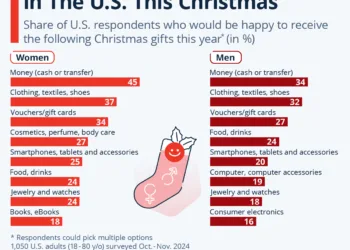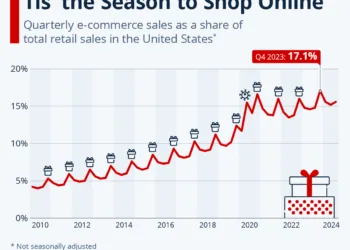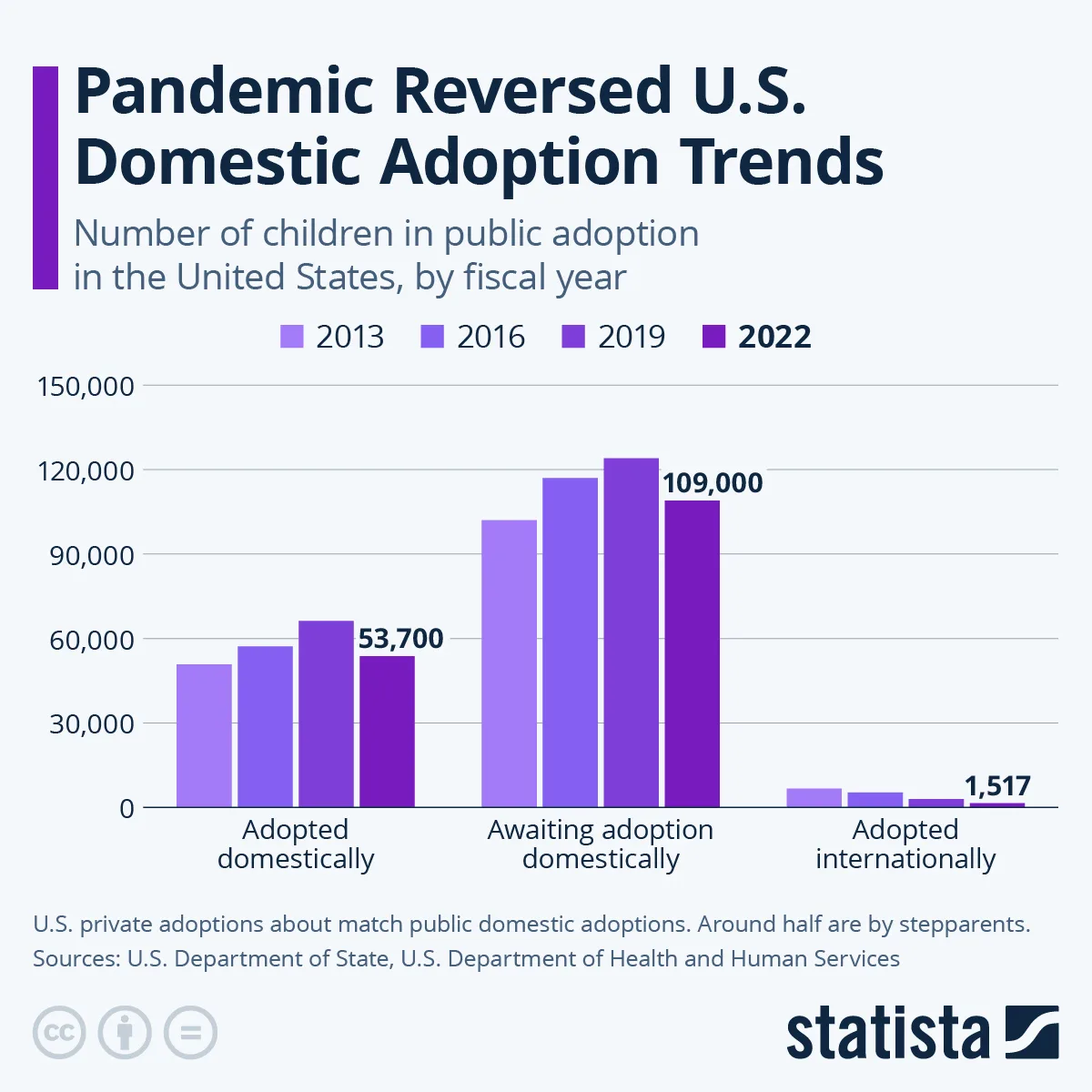The next stage of the US election campaign is fast approaching, and it’s shaping up to be even more contentious than before. As hurricanes Milton and Helene made their way toward Florida and North Carolina, impacting at least four other states with tornadoes, storm surges, and widespread destruction, Donald Trump’s campaign team unleashed a slew of attacks targeting the government (i.e., the Democrats) for the poor weather and their response to the crisis.
In a flood of misinformation, Trump falsely asserted that Vice President Kamala Harris was “wining and dining” in San Francisco while “everyone in North Carolina had no helicopters.” In contrast, facts revealed that the National Guard had already conducted 146 flight missions, rescuing 538 individuals and 150 pets.
Trump’s allegations poured in, claiming that the national disaster fund had been allocated to illegal immigrants rather than to those affected by the storms. The Federal Emergency Management Agency (FEMA) felt compelled to clarify the situation and established a fact-checking section on its website. Meanwhile, Georgia Republican Congresswoman Marjorie Taylor Greene, notorious for her unconventional views on national emergencies, claimed, “they could control the weather.”
Colleen Murrell, a former journalist and current professor at Dublin City University, believes that the spread of misinformation and disinformation will escalate on social media as the campaign enters its final stretch. She also noted that Kamala Harris has stepped up her media strategy this week by conducting interviews with influential news outlets.
iliya Mitskovets / Alamy
The world is closely observing the unfolding US election campaign. Join us for a special Conversation event on October 17, where expert panelists will engage with the audience about the upcoming election and its implications.
With just under a month until election day, there’s everything to play for. Trump and Harris are virtually tied in the polls, and only the most daring are willing to wager on the outcome. The election is likely to hinge on a small number of voters in swing states who remain undecided, prompting both campaigns to ramp up their efforts, innovate strategies, and spend heavily.
Harris, who had initially shied away from collaborating with mainstream news outlets, is now rebranding her media approach. In a highlight interview with CBS, she spoke with seasoned journalist Bill Whitaker, tackling challenging topics such as the economy, immigration, and gun control (including her ownership of a Glock).
As an editor with a global perspective on the US election, I’ve noticed Harris become significantly more at ease with her leadership responsibilities in recent months, even if she hasn’t always excelled in major speeches or quick media responses. However, her appearance on CBS showed noticeable improvement; she appeared more relaxed on camera and at times more succinct in her replies. Observers have noted her progress in handling such interviews compared to earlier in the year.
In this highly competitive race, Harris needs to excel in every aspect. Her campaign has shifted gears after a summer focused on building her presence on social media—a strategy that helped her resonate with younger voters. Engaging with an established audience like 60 Minutes, with its 8.4 million viewers, presents a risk but one deemed necessary.
During a recent media blitz, she appeared on various platforms, including The Howard Stern Show and The Late Show with Stephen Colbert, as well as multiple podcasts. While she seems more compelling in those informal settings, she is stepping up her performance in traditional interviews as well.
Throughout the summer, the Harris team opted to avoid most conventional media appearances and focused instead on social media, which saw her adopting a more laid-back persona with a “brat summer” theme to attract younger votes, who are essential for turning out on November 5. Her campaign’s meme-driven success helped frame her as more approachable and relatable.
However, social media only reaches a segment of the electorate. Those who rarely engage with platforms like Instagram and Twitter are more likely to tune into CBS instead of keeping an eye on TikTok trends. If viewers are not watching television, campaigns will need to take to the streets to engage them directly.

In these times, staying informed about critical issues affecting global stability is essential. Subscribe to our weekly World Update newsletter, where every Thursday we’ll provide expert analysis on major international headlines.
Seeking Every Last Vote
Our regular correspondent covering the US election, Thomas Gift, has spent the last few weeks in Pennsylvania, sharing insights about the campaign landscape in this pivotal state. Recently, he described large Trump banners that have become a notable presence in the streets of Chambersburg, located centrally between Pittsburgh and Philadelphia.
While Harris is expected to perform well in urban areas, Trump is likely to dominate the rural parts of Pennsylvania, which holds significant weight with its 19 Electoral College votes and fifth-largest population in the US. The real battleground will be in the suburbs, where both candidates are vying for votes. Suburban demographics have shifted in recent years, with a growing number of Democrats moving in, and the suburban population is increasing rapidly.
Additionally, demographic changes are occurring in formerly industrial towns in Pennsylvania, where an influx of Latino voters has risen, attracted by new jobs in call centers, as noted by A. K. Sandoval-Strausz, a professor of history at Penn State University. Latino voters played a crucial role in Biden’s 2020 win, and according to recent Census data, Allentown now has a 54% Latino population. Notably, 53% of Pennsylvania’s Hispanic community is of Puerto Rican descent, traditionally leaning Democratic. Both campaigns are keenly aware of these opportunities.
With Trump launching a massive campaign in the state, Harris is also significantly increasing her spending. Having attended high school in Pittsburgh, I am especially interested in Pennsylvania’s political dynamics, which are rapidly becoming a focal point in the race. Given that the winner of Pennsylvania is often seen as the potential president, this state will be crucial. In the last ten elections, Pennsylvania has voted for the eventual president eight times, as Gift pointed out in his recent commentary.
Consequently, it is unsurprising that Harris and her allies have spent a staggering $21.2 million on political advertising in Pennsylvania—three times what they’ve spent in Georgia, twice in Michigan, and 18 times in North Carolina. Meanwhile, Trump’s team has invested $20.9 million in the state, significantly more than their spending in Georgia, Michigan, and North Carolina. This heavy financial commitment will keep Pennsylvania at the forefront of the campaign until election day, and possibly beyond.
Gift will join my panel of experts at a special event next week, discussing why the results of this election hold as much importance for the world as they do for the United States. If you’re in London on October 17, please register to engage in a dynamic discussion about the significant global implications the new president will face.
Stay updated with our weekly World Update newsletter. Click here to receive our insights straight into your inbox.











